My project is to help in understanding how our largest organ functions, the integumentary system. This organ of the body, so much overlooked does so much for us including thermoregulation, protection, and forming a physical barrier against the environment.
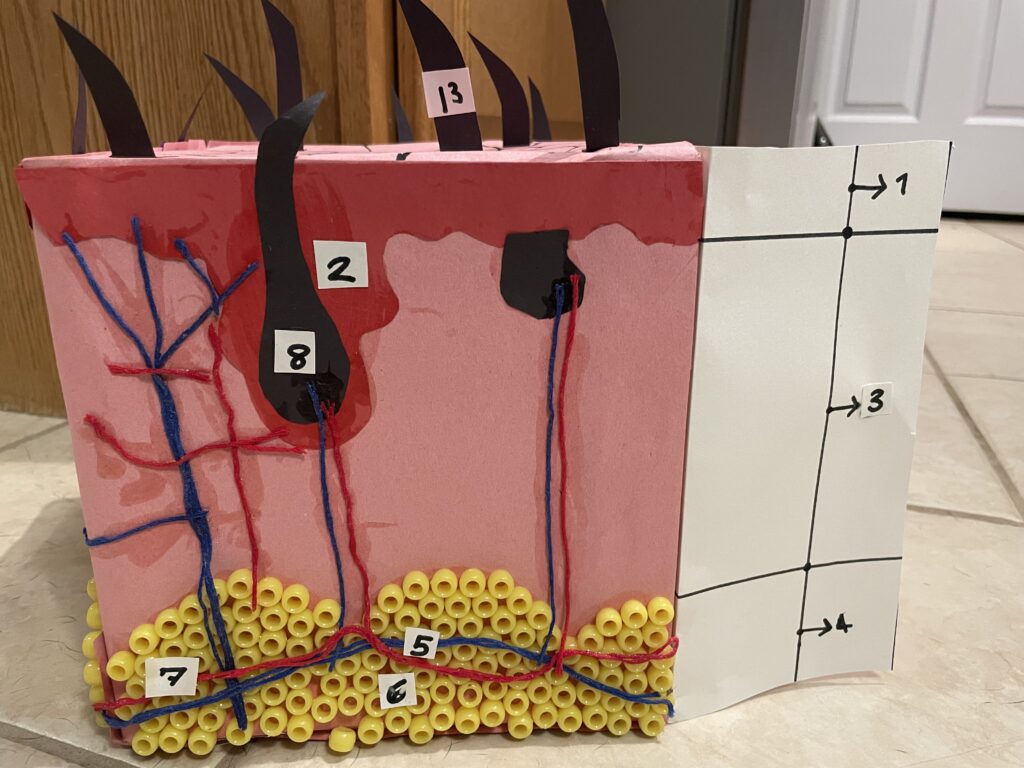
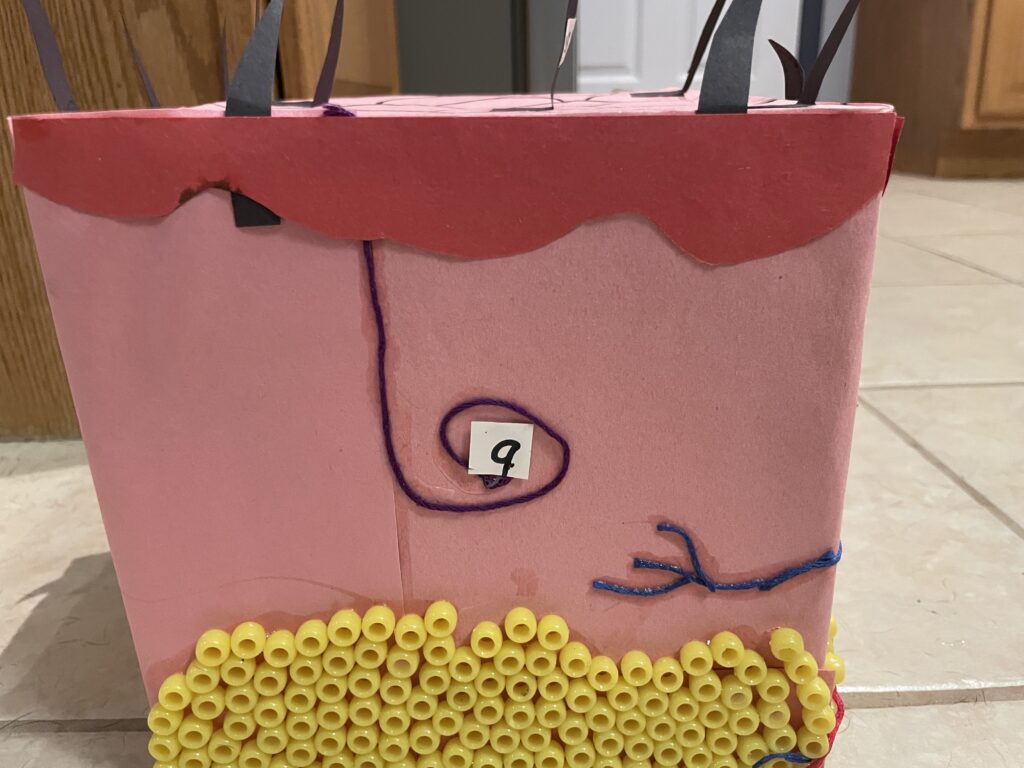
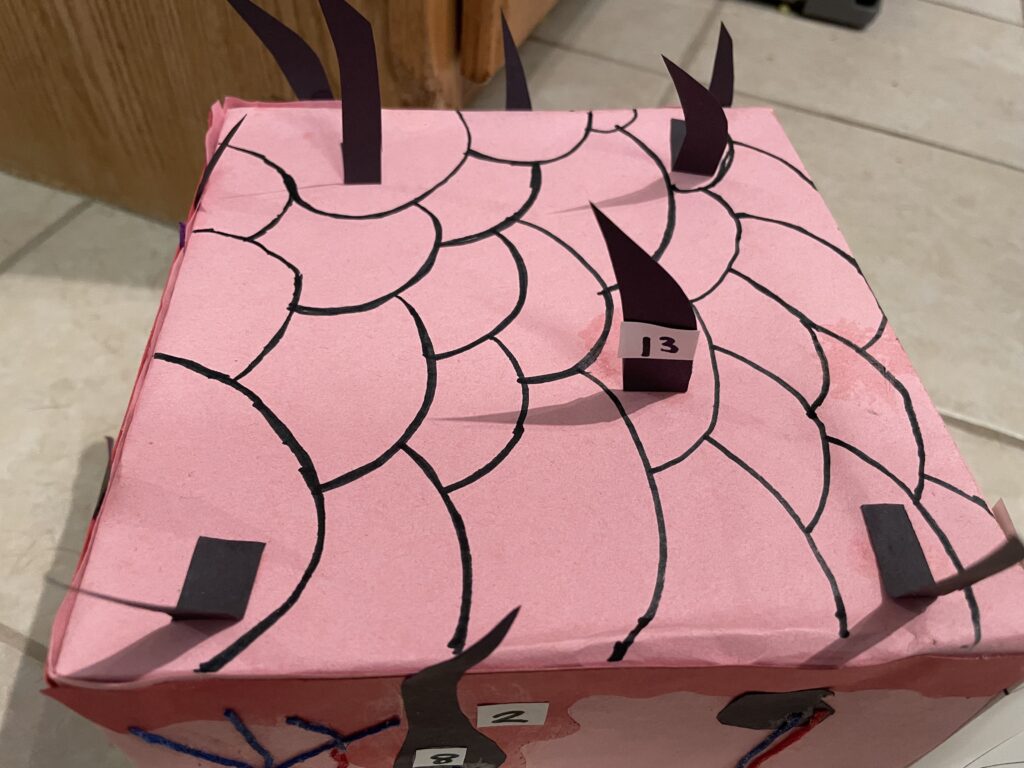
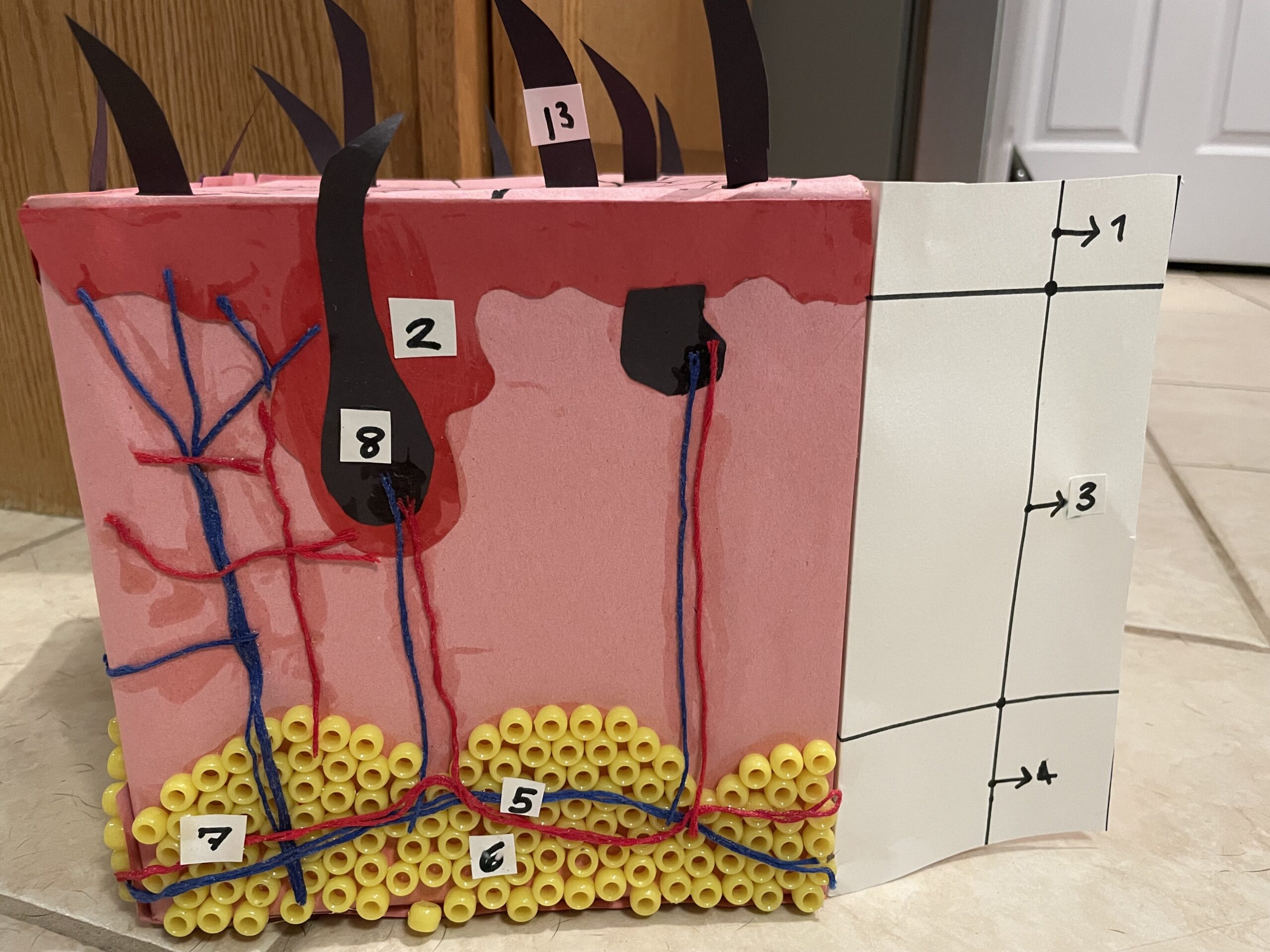
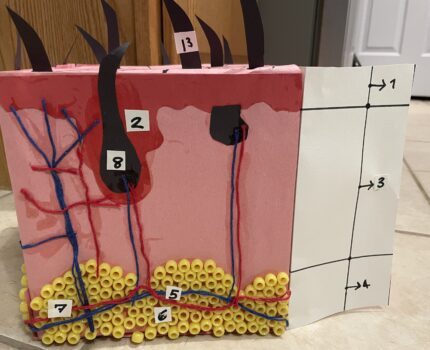
Lydia Samuels gives a three-dimensional diagram of the integumentary system and numbers all the layers and what part nerves or tissue is called for a better understanding of what their function and location are. The skin is the largest organ covering 15% of the body and is part of the integumentary system along with nails, hair, sweat glands, and oil glands. The diagram shows the three layers the system is made of: the epidermis, the dermis, and the hypodermis. The epidermis is the top layer and is the only layer people can see. It contains cells called melanocytes that pigment our skin and people all have the same amount of melanocytes, it’s the shape of the cell that affects how much melanin is in the cell that gives different skin tones. Epidermis also has keratinocytes which is what gives structure to nails, hair, and skin. The body regenerates these cells very fast, it can regenerate new skin cells in just 27 days. A fun example in the essay is why tattoo ink needs to penetrate into the dermis or the tattoo would be like a temporary one. The Epidermis is the protection layer while the dermis has more of the functions taking place. The papillary layer (first layer in dermis) has loose connective tissue and the reticular layer (second layer in dermis) has dense connective tissue. The main components in the dermis, collagen and elastin fibers, are what make the skin flexible and strong. The dermis also provides the system blood vessels to regulate temperature, nerve fibers to give the skin sensation to pain and touch, and oil/sweat glands to secrete oil and sweat which keeps the skin moist and sweat glands to regulate heat. After the dermis is the hypodermis. This consists of adipose tissue (fat). The function of this layer is to attach the facia to bone or muscle as well as protect muscles and bones with shock absorption from the adipose tissue in the hypodermis.